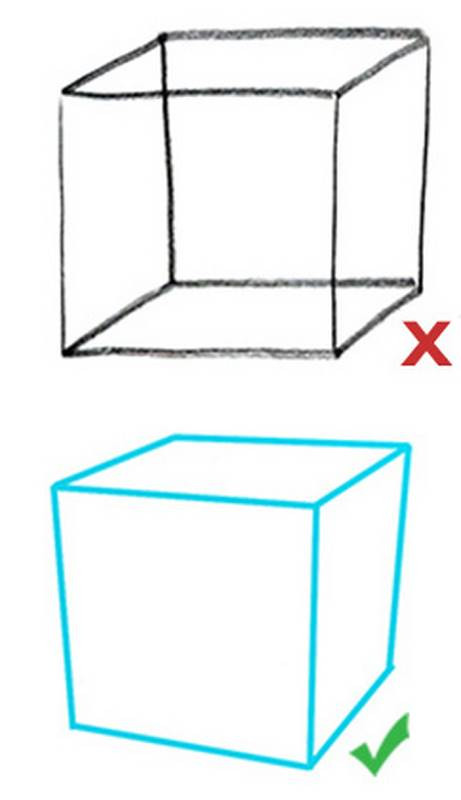Figure Drawing Fundamentals
Basic Building Blocks
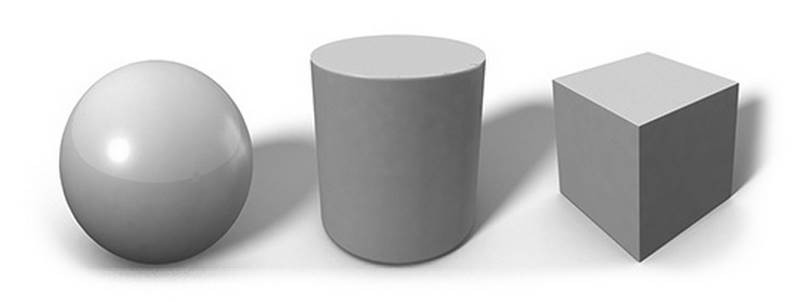
Just like gesture had the three basic lines, csi, structure also has its three basic building blocks. Spheres, cylinders and cubes. You can simplify pretty much any organic object into these three forms or a combination of these three forms.
You can also stretch and bend these forms to better fit the character of the subject. A sphere can be modified to an egg shape, a cylinder can taper thinner to one end like you’d see in a leg. At its extreme, a tapering cylinder would become a cone.
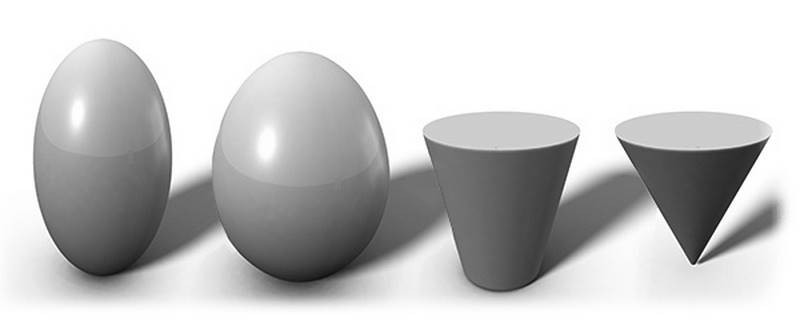
A cube can be stretched to be more rectangular. And the sides don’t have to be the same size. You can taper thinner to one end like with the cylinder, bend it to follow the gesture of the pose, and even twist it. Basically, think of these forms as if they’re made of playdough. You can deform them as you wish.
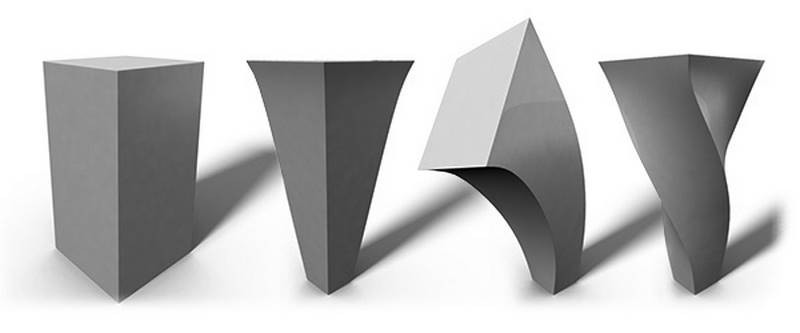
We construct from these basic building blocks because it’s a lot easier to imagine simple forms 3-dimensionally then complex forms. It’s a lot easier to imagine and work out the perspective of this camel with boxes and cylinders. Then add the details of the anatomy. The same could be done with the figure. which I’ll go over in detail in the next few episodes.
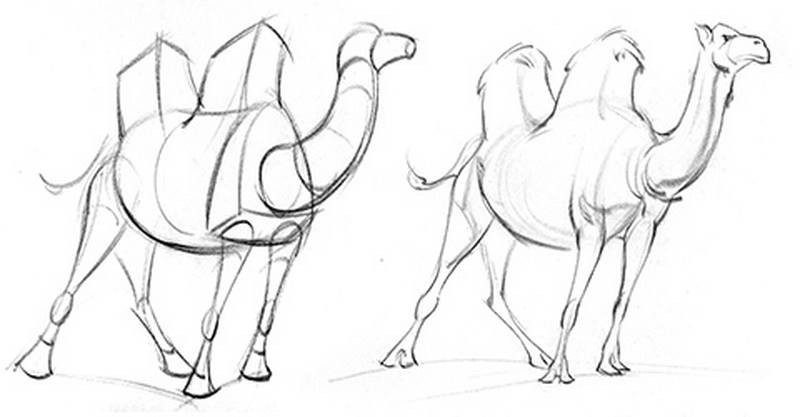
Simplify the figure into basic spheres, cylinders and boxes. This will immediately give the figure a 3 dimensional look. Having established this 3D idea allows you to visualize and construct the finer details of the anatomy in perspective more accurately.
The difference of Spheres, Cylinders and Cubes
So let’s take a closer look at these simple forms.
You can simplify the rib cage and pelvis to spheres, cylinders, boxes, or combinations of these forms depending on what you need for that pose. The sphere is really just a circle, since a sphere without tone appears 2 dimensional. So, the sphere is flat when using line. It doesn’t tell us anything about the form and its orientation in space. If you stretch the circle into an oval, now we have one piece if information about its orientation. The oval will only tell us the tilting left or right.
To show any kind of leaning back or forward, we need to indicate a bottom plane or a top plane. That’s where the cylinder becomes useful. It shows the tilting with the angle and the leaning with the bottom or top planes.
We can go one more step forward and use a box. The box has one thing that the cylinder doesn’t – it shows us the edges between front, back and side planes. This shows us the twisting motion.
So now with these three options, we can choose the one that does the best job in describing the form of the pose we’re drawing. Sometimes a cylinder for the rib cage with a centerline to show the twist is enough. Sometimes the addition of the corners at the rib cage and pelvis to show the front and side planes is helpful. It’s up to you to decide how you use these basic forms.

Drawing Cylinders
Start constructing cylinders by finding the angle, the length and width. This establishes its placements and size. If the cylinder is foreshortened make sure to slightly taper the sides thinner towards the far end to indicate foreshortening.
Then it’s time to identify the cross contours. Ask yourself if you’re looking up or down at the cylinder and how much. Based on that, add the ellipses of the top and bottom planes. Make sure to keep the angle of the ellipse perpendicular to the angle of the sides. The common mistake is to make the angle vertical or horizontal.
Another common mistake is when we indicate the cross contour lines, we tend to make them flatter than they really are. The thing about cross contour lines, is that most of their effect is on the sides. That’s where the roundness of the form is revealed. So don’t flatten them and bring them to a sharp corner with the edge of the cylinder, that defeats the purpose of the cross contour line. It should feel like it’s wrapping around the edges.
Drawing Boxes
You should be able to draw a 3d box from imagination at any angle. In the illusion of depth series I talked a little about perspective. A box’s edges will converge to a vanishing point on the horizon line. This works well for structures like a house where the bottom plane is parallel with the ground. When you rotate the boxes it gets much more complex and personally I feel it’s too complex and too mathematical to think about all that stuff when drawing a figure.

So, develop a sense for perspective and use your intuition. You’ll get better with practice, but a few tips will get you pretty far right away. The way I approach it is at first I imagine which planes of the box I’m seeing. You’ll see 1, 2 or 3 planes. If you’re looking directly at one side, like the front, it’s just a rectangle. When the box rotates down, you start seeing the top plane. And when it rotates to one side, you’ll see one of the side planes.
Also, notice that all the lines are converging to create a sense of depth. Look at this box and see if you draw boxes this way... If you draw boxes this way, stop! This is an impossible box. Things appear smaller as they move away from us. So, drawing all these parallel lines removes the perspective from the scene. And if this plane is a rectangle, that indicates we're looking directly at it. If we were looking directly at it, none of the other planes would be visible. In this case, since we're seeing some of the right side, the front plane is starting to rotate away from us. The lines here would converge to the left. And since we're seeing the top plane, the front and side planes are rotating downward. So, the lines would converge down. Now that's a much more 3 dimensional box.
Let’s try a step by step approach and see if this helps you. I’ll start with the inside edges of the box. The most vertical one is a good starting point. Is the box leaning to the left or right, and how much? Establish that with the first line.
Then, are you seeing the bottom or top of the box? If you see the top, then the other two inside edges will be attached to the top of the initial line.
How much of the top are we seeing? If it’s a little, the lines will be flatter with an obtuse angle. A lot and they will have more of an acute angle.
Also at this point you’re thinking about how much of the front and right side you’re seeing. The same of each would make the angles of these lines equal. If you see more of the front, that side will be more horizontal and the other side more vertical since its moving away from us more. And vice versa…
This is the foundation. It tells you the orientation of the box. After this it’s really easy. Just go to the end of each line and connect the outside edges with converging lines.
Consider the lengths of the initial 3 lines. If it’s a perfect box then you just need to think about how much each side is being foreshortened depending on how much it’s facing away from you. But if some sides are longer than others, think about that length and foreshortening.
As you can probably tell, this isn’t something that you’ll get right on your first try. It’s a bit confusing so you need to repeat the process many times to get familiar with it. It’s critical that you do get familiar with it if you want to apply these concepts to a complex form like the figure. Next week we will talk about the robo bean which is a 3d representation of the torso. So, go practice your boxes by looking around you for boxy furniture and drawing them from different angles. Then try inventing them from your mind…
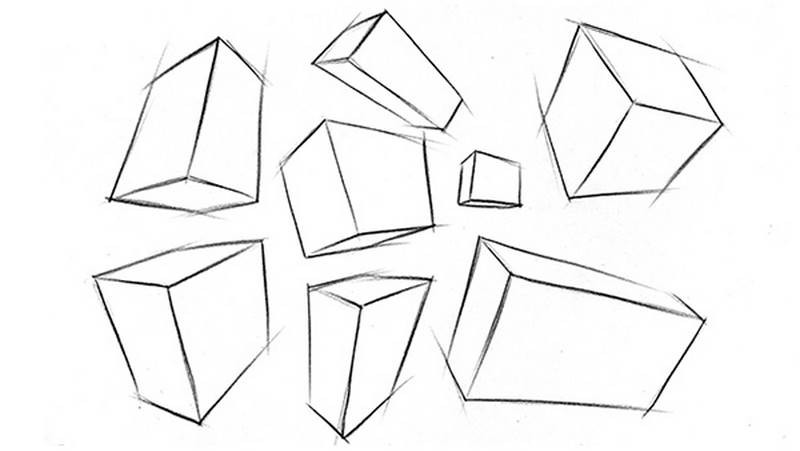
Premium Section
If you want to see more detailed explanation of this video and all the other videos from the figure fundamentals series check out proko.com/figure. For every free video that I post during this figure series, I’m posting additional premium content on proko.com. This week I explain more about the position of the viewer, avoiding flat perspective and how to simplify forms. So far there’s a total of over 3.5 hours of video in the premium section, so lot’s of goodies there.



